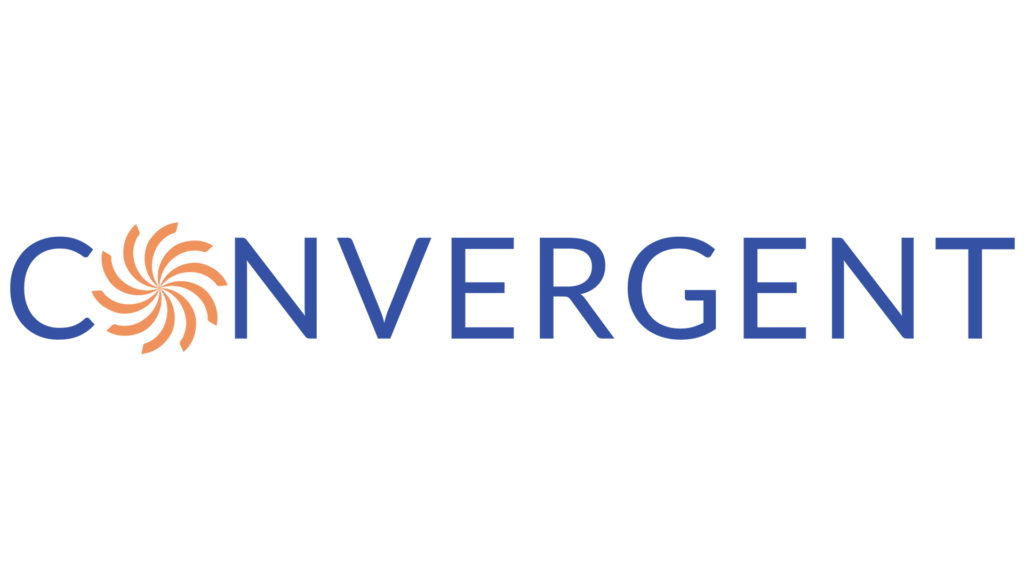State-Run Exchanges: Lessons learned from carriers
by Jake Tunney, Business Development Manager, Leap Orbit
Within the last 2-3 years there’s been a big–and escalating–effort by the federal government to improve both the quality and interoperability of carrier provider data. The intended results include better access to care and the elimination of surprise medical bills. While state health insurance exchanges are not directly subject to the No Surprises Act, the CMS Interoperability Rule, or other new federal policies, there is much to learn and benefit from to offer better service to consumers.
- Accelerate the speed of ingestion
- A common search for exchange users is: “Is my doctor included in this network?” The exchange needs to coordinate with its carriers in a continuous way to present these search results accurately.
- The No Surprises Act requires carriers to update directories within two days of receiving an update from providers or face financial consequences. This is leading to an industry-wide reassessment of how network data is managed. If exchanges can adopt the same tools and techniques being implemented by carriers, this updated, more accurate data will benefit consumers.
- Embrace interoperability
- As has been the case with carriers for decades, roster management for exchanges is a business of swapping and reconciling flat files. Logistical obstacles make the vision of updating provider data at least every two days nearly impossible. But API-based integrations drive acceleration as well as interoperability.
- The CMS Interoperability Rule drove carriers to adopt APIs (specifically, the increasingly ubiquitous HL7 FHIR standard) to share their provider directories. Instead of typical flat-file exchange, use these APIs to populate your marketplace provider data and reduce friction with carriers.
- Leverage reference data
- Provider directories are subject to the garbage in/garbage out problem. Reference data–e.g. a curated third-party data source–can clean up errors and fill in gaps. Attributes like languages spoken, accessibility, and TTY capability =tend to be sparse when reported by carriers, but reference data can help fill in the blanks. This improves the usefulness of the exchange for all consumers.
- Reference data can also ensure data accuracy. At times, a provider will change locations without notifying the carrier they participate in. A good system that masters multiple sources of reference data will be able to throw a notification to the exchange that an address is likely out of date.
The recent scrutiny from CMS and other regulators has forced carriers to invest in automation and improved data verification efforts. Exchanges can benefit from their improvements and lessons learned. The good news is modern provider data hubs like Convergent have been designed to make the aforementioned processes seamless. Convergent automatically takes messy or out-of-date data from any source and turns it into a highly accurate single source of trust. That way, exchange consumers aren’t getting hampered by bad data and have a better experience with your exchange.
